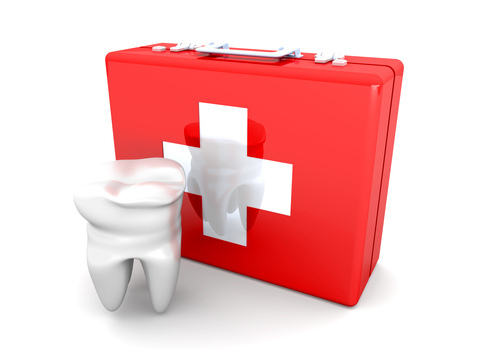June 12th, 2024

Those challenging teenage years are some of the most self-conscious ones of your life, and concern for your appearance definitely plays a large part. Invisalign is becoming a very popular choice for adolescent patients today, but is it the best choice?
The results from teenage Invisalign users indicate that Invisalign is both effective for teeth straightening and for satisfying that urge to avoid the dreaded “metal mouth.” Dr. Nathan Downey can help you determine if Invisalign is right for you, but this article will explain why so many people are calling Invisalign the best choice for teens today.
Metal-Free Braces
Invisalign is a clear plastic device that fits directly over the teeth. There are no metal parts to mar the look of your smile, and your Invisalign aligners can straighten while allowing your pearly whites to shine through. Any teen will be the first to tell you that appearance is a top concern, so this is an excellent choice. People don’t even need to know you’re straightening your teeth with Invisalign.
Eat, Brush, and Floss Easily
Another particularly attractive aspect of Invisalign for most teenagers is the freedom it allows. While traditional metal braces can make eating, brushing, and flossing difficult, this is not the case with Invisalign. The aligners are easily removable for these activities, which gives teens the freedom they desire to live life as usual.
More Free Time
Invisalign Teen aligners need to be checked and adjusted at Downey Orthodontics less frequently than traditional braces. This allows for fewer appointments, something that is really important to teens. Having your teeth straightened is no reason to forgo activities or make room in your schedule for constant office visits when you choose Invisalign.
Learn more about Invisalign Teen at our Bowling Green, OH office!
June 5th, 2024

As we start our summer, our team at Downey Orthodontics wants to remind our patients who have completed treatment that it is very important to wear your retainer as prescribed even while away for vacations and summer camps.
If you are away from home and only wearing your retainer at night, here is a helpful tip: after removing and brushing your retainer in the morning, place it back in the case and then put it with your PJ’s or on your pillow. That way you have a reminder to put your retainer back in at night.
Remember, retainers should be worn every night, not just some nights.
We wish you safe travels and adventures this summer!
May 29th, 2024

At Downey Orthodontics, we know orthodontic emergencies are neither convenient nor timely. If you are a patient of record, Dr. Nathan Downey and our team are more than willing to see you after hours or over the weekend. As a general rule, you should call our Bowling Green, OH office when you experience severe pain or when you have a painful appliance problem that you can’t take care of yourself. We’ll be able to schedule an appointment to resolve the problem. If you have an orthodontic emergency after regular office hours, please give us a call and follow the emergency prompts to contact one of our doctors.
May 28th, 2024

Memorial Day didn't become an official holiday until 1971, but Americans started gathering annually in the spring to remember those who lost their lives in war during the 1860s, right after the Civil War. Celebrated on the last Monday in May, people still decorate the grave sites of war veterans and hold memorial services, but Memorial Day has also evolved into a day that signifies the beginning of summer.
During the summer months, many people take road trips to visit family members. Some head off to the airport to enjoy a long-awaited vacation far away, while others look forward to spending time with friends and family at home. However you spend Memorial Day and the subsequent summer months, there are a few things you can take care of to ensure your summertime is enjoyable.
Checklist for an Enjoyable Summer
- Have the AC Checked. During the hottest days of summer, many families find themselves sweating it out due to a broken air conditioning system. Be proactive so you can avoid waiting for hours or days because the HVAC repair person is booked solid. Have your air conditioning system checked before or around Memorial Day each year.
- Ensure Security While You're Away. When you leave for vacation, the last thing you should have to worry about is the security of your home. Install a home security system, if possible, and put a timer on your lights so they go on and off at normal hours. You can also alert your local police department that you'll be gone, and ask them to drive by your house once in a while to make sure everything is okay.
- Visit Dr. Nathan Downey Before Vacation. Many people put off exams until after summer vacation. Avoid the crowds and make sure your physical and oral health are in top shape prior to vacation time so there are no unpleasant surprises.
Our team at Downey Orthodontics wants you to look forward to Memorial Day and the days of summer by preparing to spend the time safely and comfortably. As you plan ahead, take care of your health and secure your home, you can place your focus on creating memories with family members and friends while enjoying your favorite Memorial Day traditions.







 Website Powered by Sesame 24-7™
Website Powered by Sesame 24-7™